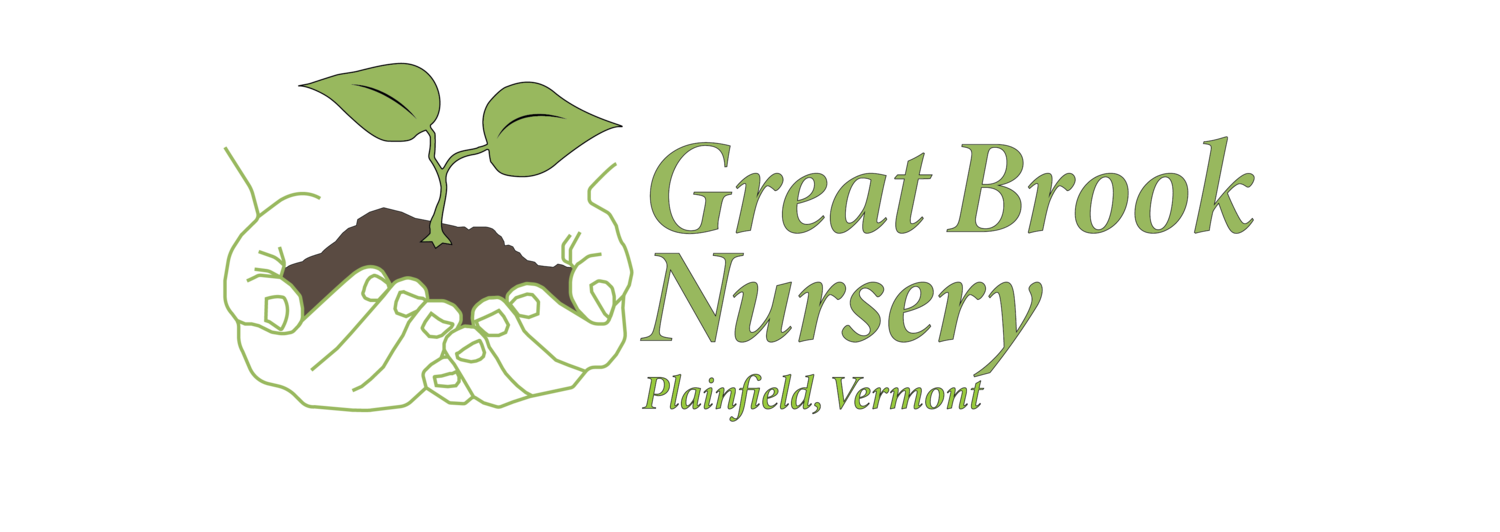 Image 1 of 3
Image 1 of 3

 Image 2 of 3
Image 2 of 3

 Image 3 of 3
Image 3 of 3




Salvia (Lamiaceae)
The name salvia comes from the latin salveo, “I heal”. Most people in the US think of the culinary sage, officinalis, but it is a world wide genus with over 900 species of herbs and shrubs used as ornamentals, medicinals and as a culinary ingredient. From the mint family, it has a square stem and two-lipped flowers, tubular flowers produced along the axis and in panicles. Grows naturally in dry meadows and rocky places, it prefers a well drained soil and full sun. There are many garden cultivars and many new ones every year. Though we do grow some of the proven ornamentals, we have chosen to focus on some of the interesting medicinal species. Many also make perfectly nice garden plants.
AVAILABLE THIS YEAR
S. hians - A basal of prominently toothed leaves, terminal spikes of blue-purple flowers. Medicinal red root from the Himalayas.
S. miltorrhiza - The medicinal Chinese sage danshen. Marginally hardy in Vermont, but it grows for us.
S. nemarosa ‘Violet Queen’ and ‘Rose Queen’ - Clumping, bushy plant with aromatic foliage and flowers in pink or purple. Heat tolerant and reliable.
Sold in Gallon pots.
The name salvia comes from the latin salveo, “I heal”. Most people in the US think of the culinary sage, officinalis, but it is a world wide genus with over 900 species of herbs and shrubs used as ornamentals, medicinals and as a culinary ingredient. From the mint family, it has a square stem and two-lipped flowers, tubular flowers produced along the axis and in panicles. Grows naturally in dry meadows and rocky places, it prefers a well drained soil and full sun. There are many garden cultivars and many new ones every year. Though we do grow some of the proven ornamentals, we have chosen to focus on some of the interesting medicinal species. Many also make perfectly nice garden plants.
AVAILABLE THIS YEAR
S. hians - A basal of prominently toothed leaves, terminal spikes of blue-purple flowers. Medicinal red root from the Himalayas.
S. miltorrhiza - The medicinal Chinese sage danshen. Marginally hardy in Vermont, but it grows for us.
S. nemarosa ‘Violet Queen’ and ‘Rose Queen’ - Clumping, bushy plant with aromatic foliage and flowers in pink or purple. Heat tolerant and reliable.
Sold in Gallon pots.
The name salvia comes from the latin salveo, “I heal”. Most people in the US think of the culinary sage, officinalis, but it is a world wide genus with over 900 species of herbs and shrubs used as ornamentals, medicinals and as a culinary ingredient. From the mint family, it has a square stem and two-lipped flowers, tubular flowers produced along the axis and in panicles. Grows naturally in dry meadows and rocky places, it prefers a well drained soil and full sun. There are many garden cultivars and many new ones every year. Though we do grow some of the proven ornamentals, we have chosen to focus on some of the interesting medicinal species. Many also make perfectly nice garden plants.
AVAILABLE THIS YEAR
S. hians - A basal of prominently toothed leaves, terminal spikes of blue-purple flowers. Medicinal red root from the Himalayas.
S. miltorrhiza - The medicinal Chinese sage danshen. Marginally hardy in Vermont, but it grows for us.
S. nemarosa ‘Violet Queen’ and ‘Rose Queen’ - Clumping, bushy plant with aromatic foliage and flowers in pink or purple. Heat tolerant and reliable.
Sold in Gallon pots.

